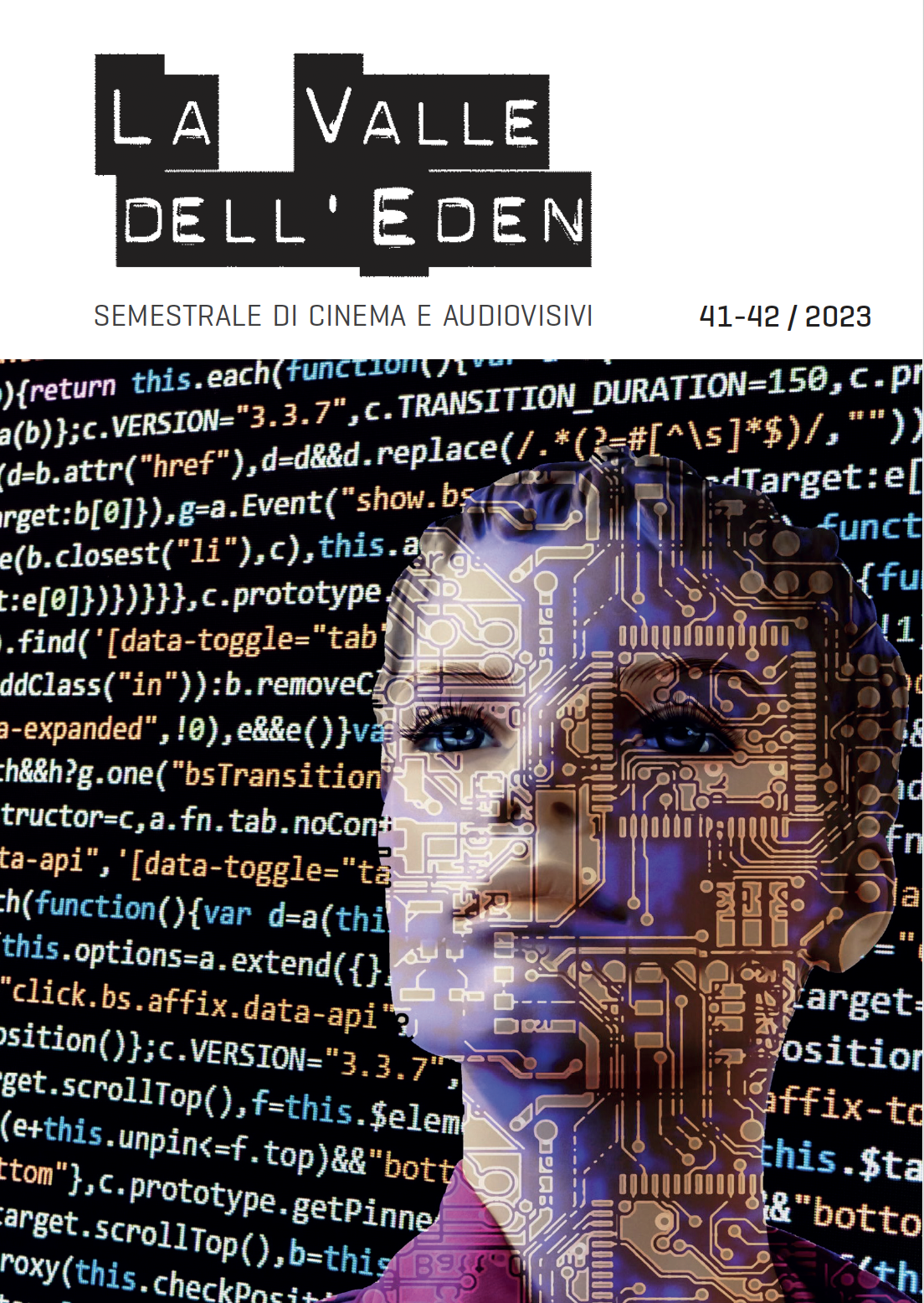Human-machine visual cultures: CAPTCHA and the role of images in interactions between users and algorithmic systems
DOI:
https://doi.org/10.13135/1970-6391/10826Abstract
CAPTCHAs are a security measure used online to determine whether the request to access a service or page comes from a human user or a computer program. One of the most common methods in this respect is based on image recognition: the user is presented with a range of images among which he or she should select those in which an object (e.g. a bicycle) is visible. This article argues that CAPTCHAs represent an exceptional entry point for understanding the visual culture shaped by interactions between humans and machines. First, as a reverse Turing Test (the acronym CAPTCHA actually stands for Completely Automated Public Turing test to tell Computers and Humans Apart), CAPTCHAs recall the increasing difficulty of distinguishing between humans and machines. Second, CAPTCHAs are today not only a security measure but also a useful training system to improve visual recognition software based on neural networks. In this sense, they stimulate us to consider how the visual skills of individual users are mobilised and appropriated by algorithmic systems


